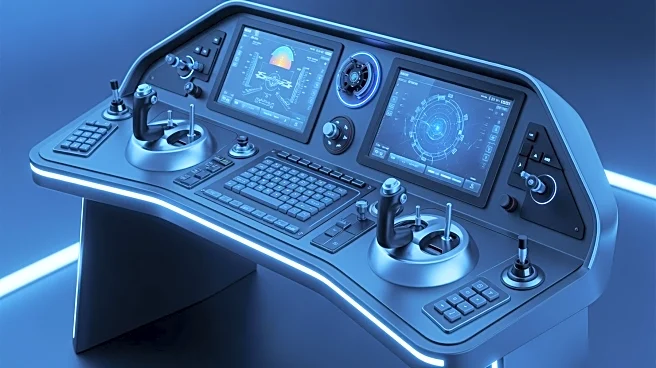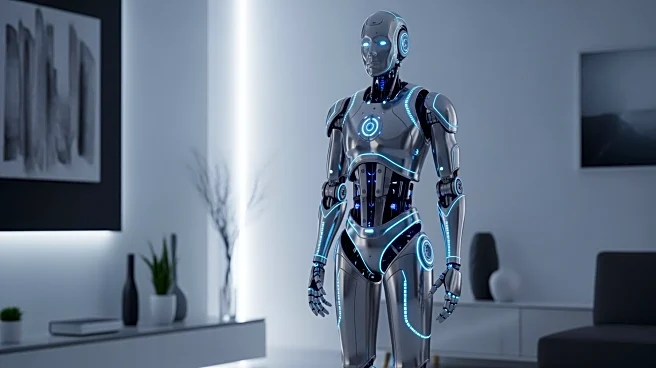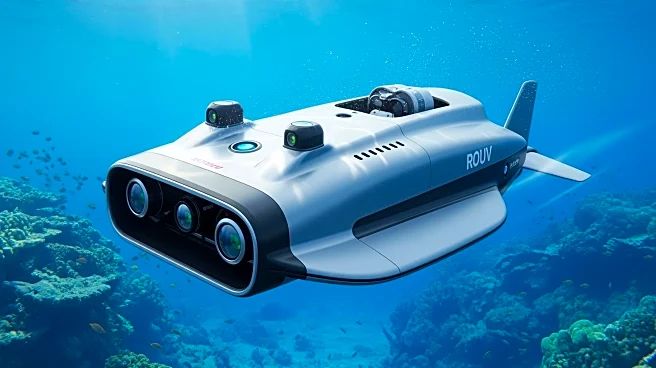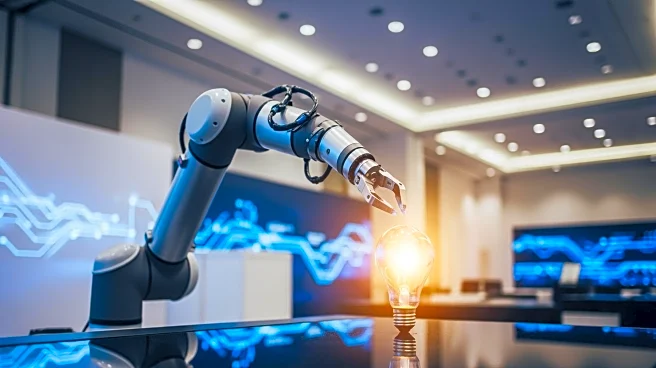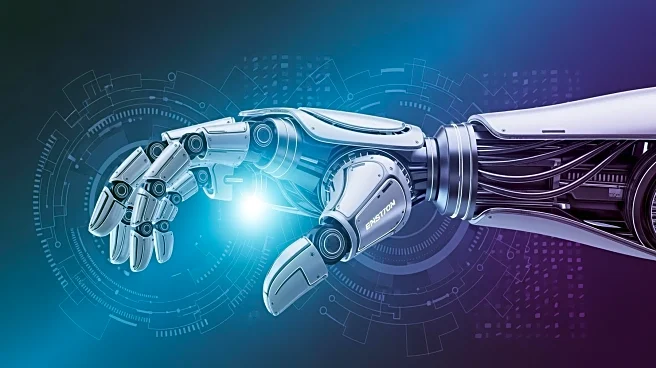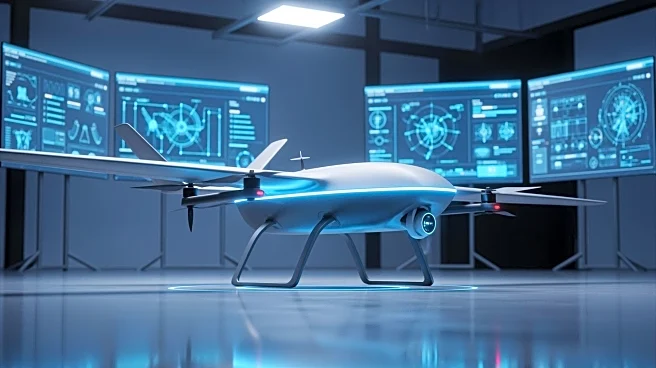What's Happening?
Aurora Flight Sciences is advancing the field of unmanned aerial systems (UAS) with the development of FARSIGHT, a new human-machine interface (HMI). This interface is designed to enhance collaboration
between human operators and autonomous systems by adapting the timing and content of information based on urgency and the operator's cognitive capacity. The development is part of a broader trend in the industry to improve the integration of human and machine operations, particularly in complex environments where real-time decision-making is critical.
Why It's Important?
The development of FARSIGHT represents a significant step forward in the integration of autonomous systems within various sectors, including military and defense. By improving the interface between humans and machines, Aurora Flight Sciences is addressing a key challenge in the deployment of UAS technologies. This advancement could lead to more efficient and effective operations, reducing the cognitive load on human operators and potentially increasing the safety and reliability of UAS missions. The implications for industries reliant on autonomous systems are substantial, as improved interfaces can enhance operational capabilities and decision-making processes.
What's Next?
As Aurora Flight Sciences continues to develop FARSIGHT, the next steps will likely involve further testing and refinement of the interface to ensure its effectiveness in real-world scenarios. Stakeholders in the defense and aerospace sectors may closely monitor these developments, as the integration of advanced HMI technologies could influence procurement decisions and operational strategies. Additionally, the success of FARSIGHT could spur further innovation in the field, encouraging other companies to invest in similar technologies to enhance human-autonomy collaboration.
Beyond the Headlines
The development of advanced human-machine interfaces like FARSIGHT raises important ethical and legal considerations regarding the role of autonomy in decision-making processes. As these technologies become more prevalent, questions about accountability, transparency, and the balance between human and machine control will need to be addressed. Furthermore, the long-term impact on workforce dynamics and the skills required for operators in autonomous systems environments could lead to shifts in training and education within the industry.
